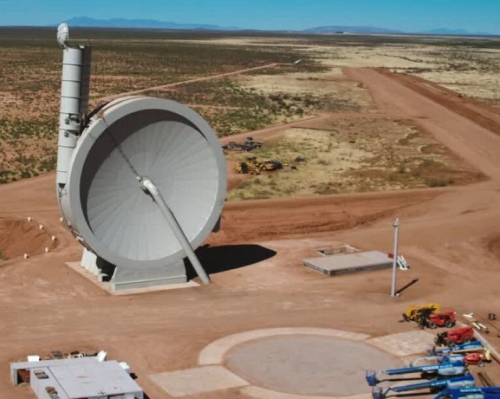Space Perspectives unveils luxurious interior of Neptune high altitude balloon
Capitalism in space: Space Perspectives has now unveiled the high class stateroom interior that it plans to put inside its Neptune high altitude balloon that will take tourists to 30+ miles altitude.
Space Perspective just released artist’s illustrations of the interior of Spaceship Neptune, which will include 360-degree panoramic windows and even a restroom with a view. The announcement Tuesday (April 12) coincided with the anniversary of the first human spaceflight by cosmonaut Yuri Gagarin in 1961.
Based on the imagery, Spaceship Neptune’s cabin appears to come in at least a couple of configurations. One has reclining seats, for example, while another with couches can accommodate a “more intimate dinner for two or special event,” Space Perspective representatives said in a statement on Tuesday.
Space Perspective will provide food and beverage services, and the capsule features mood lighting that can be dimmed to see stars or the curvature of Earth outside. Also included in the capsule’s “Space Lounge” will be a telescope, interactive screens and decorations such as floor lamps and plants to “remind us of the interconnected nature of our planet,” the company added.
The company hopes to begin commercial flights by ’24, each of which will last about six hours. Tickets are priced at $125K each, with the company saying it already has 600 people on its waiting list.
Capitalism in space: Space Perspectives has now unveiled the high class stateroom interior that it plans to put inside its Neptune high altitude balloon that will take tourists to 30+ miles altitude.
Space Perspective just released artist’s illustrations of the interior of Spaceship Neptune, which will include 360-degree panoramic windows and even a restroom with a view. The announcement Tuesday (April 12) coincided with the anniversary of the first human spaceflight by cosmonaut Yuri Gagarin in 1961.
Based on the imagery, Spaceship Neptune’s cabin appears to come in at least a couple of configurations. One has reclining seats, for example, while another with couches can accommodate a “more intimate dinner for two or special event,” Space Perspective representatives said in a statement on Tuesday.
Space Perspective will provide food and beverage services, and the capsule features mood lighting that can be dimmed to see stars or the curvature of Earth outside. Also included in the capsule’s “Space Lounge” will be a telescope, interactive screens and decorations such as floor lamps and plants to “remind us of the interconnected nature of our planet,” the company added.
The company hopes to begin commercial flights by ’24, each of which will last about six hours. Tickets are priced at $125K each, with the company saying it already has 600 people on its waiting list.



